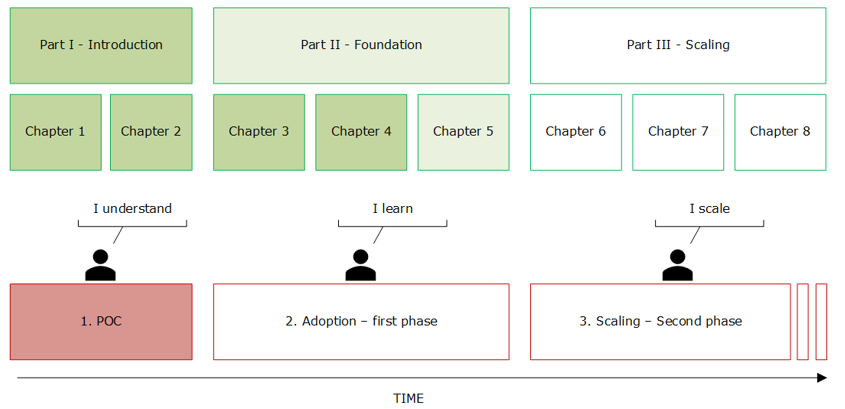5 Financial operations
This chapter covers
- A framework to sustain financial operations and to create a cost-by-design culture
- The main phases of financial management
- An example of how to analyze architectural decisions and patterns
It is time in our cloud journey to dive deep into the most ubiquitous topic of all when it comes to cloud: finance. Sooner or later, the costs of what we do in the cloud hit us or our company and we should be ready to explain the reason of that monthly invoice we received.
As IT professionals, many times, financial implications of our job are not part of our responsibilities. The cloud, however, asks for a cultural shift when it comes to finance. It becomes a core part of cloud operations, pivotal to reach with our work valuable results. Chapter 5 will dive into the theory and practice that every engineer needs to understand and master to operate in the cloud cost effectively.
Figure 5.1: cloud adoption journey - financial operations

5.1 The pay-as-you-go model
If we go back to the NIST definition,[1] cloud computing must be on-demand and metered, which lead to the core financial nature of cloud: the pay-as-you-go model. and. Figure 5.1 pictures the high-level story.
- Users execute cloud operations on-demand, which leads to
- Results being served as outputs to users or processes. At the same time,
- Each cloud operation is metered, both for logging and invoicing purposes. Finally,
- An invoice is sent to the users based on the real usage.